SaaS Customer Onboarding: Best Practices and Checklist for 2025

Creating a Seamless SaaS Customer Onboarding: Framework and Checklist for 2025
74% of potential customers will switch to other solutions if the onboarding process is complicated.
The customer onboarding process is a critical component of any successful Software as a Service (SaaS) business. It’s the moment when customers become acquainted with your product or service and decide whether they’ll become loyal advocates or churn from your SaaS.
And make no mistake, customer churn is the death of any SaaS business.
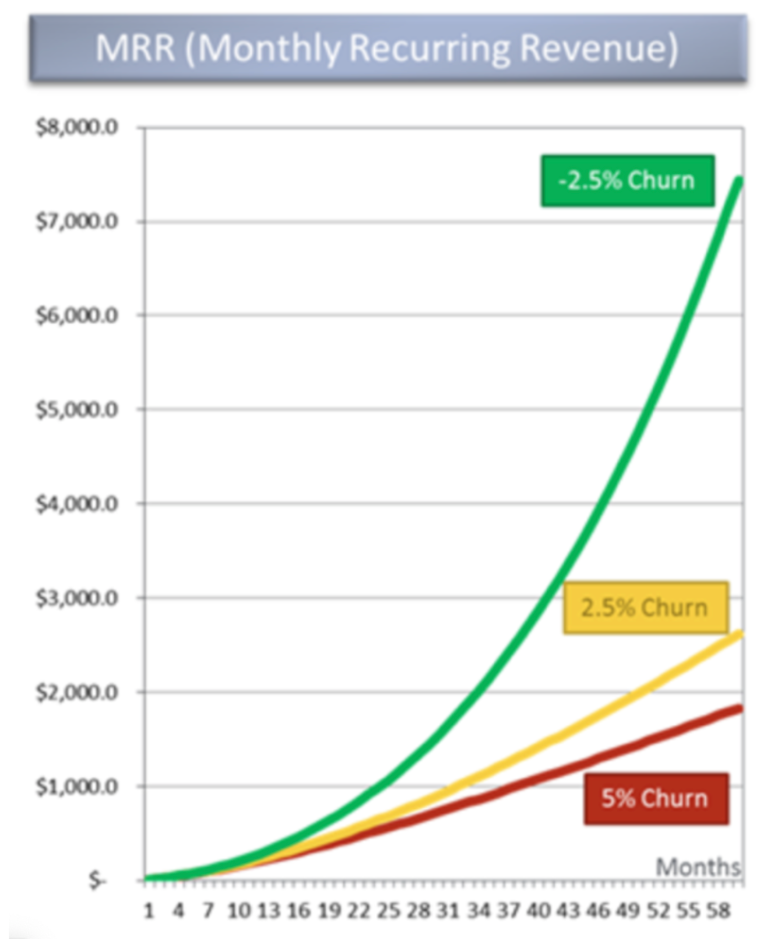
That’s why it’s important to take a proactive approach to customer onboarding and ensure that your customers have a great experience from the get-go.
In fact, onboarding is so important that some large SaaS companies have an entire team of product, design, and analytics experts devoted to onboarding.
In this blog post, we’ll explore the key elements of successful SaaS customer onboarding and discuss how you can leverage those elements to maximize customer success.
📚 Also read: 11+ Growth Hacks for Your SaaS Business
What is Customer Onboarding?
Customer onboarding is the process of introducing a customer to a company's products or services. It is the first step of customer relationship management, and it is very important in ensuring customer satisfaction and loyalty.
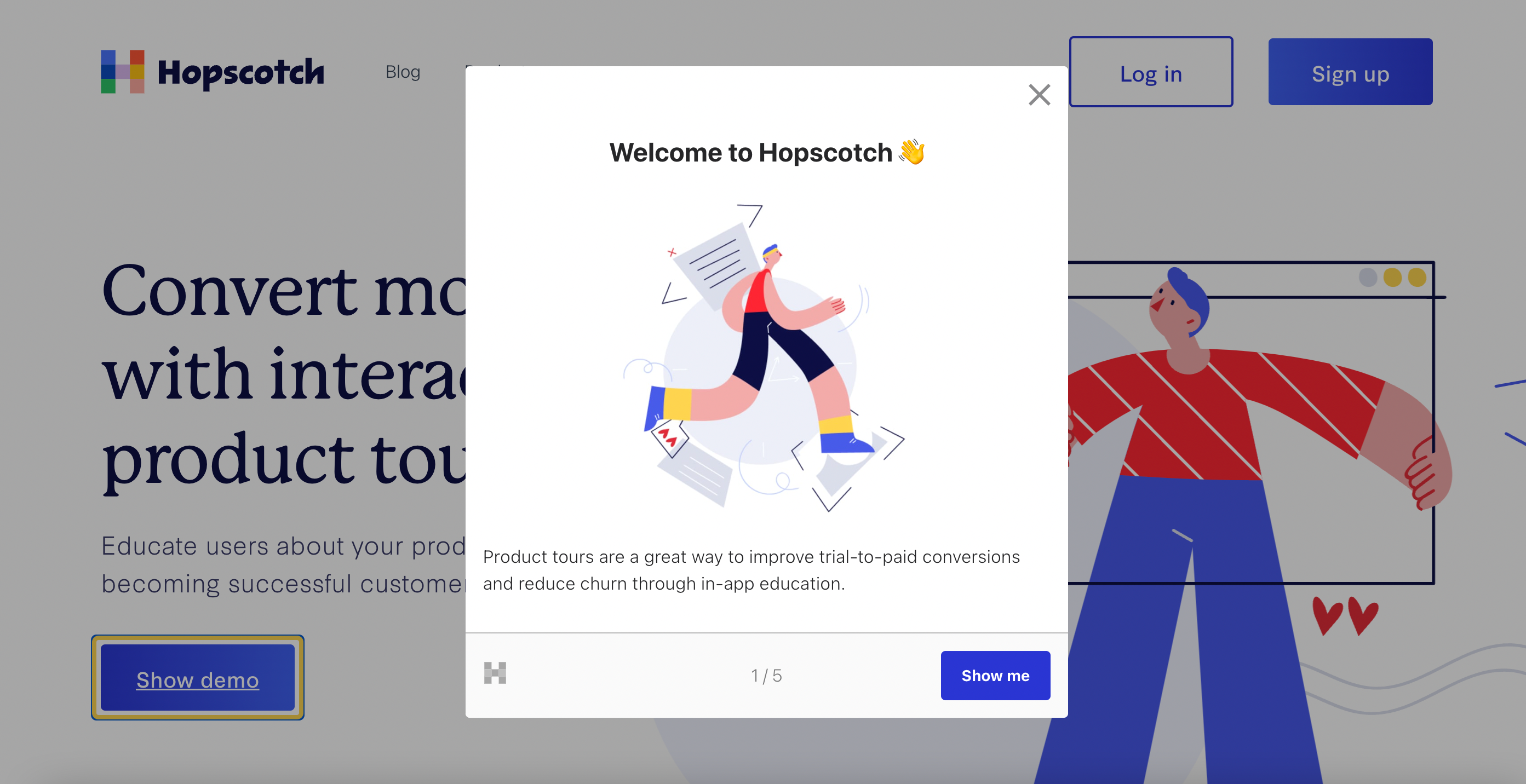
Customer onboarding includes activities such as:
Providing tutorials and product demos
Collecting customer data
Establishing customer service protocols
Setting up payment methods
Analyzing the data and making incremental tweaks.
It also includes the process of providing support and training to customers, as well as managing customer feedback. Customer onboarding is a key component of customer success, and it can help organizations build a strong customer base and foster customer loyalty.
📚 Also read: The 9+ Best User Onboarding Tools
Why Does Customer Onboarding Matter?
Customer onboarding is a critical step in the customer journey. It is the process of introducing a customer to your product or service and helping them become familiar with it. Onboarding is important because it helps ensure that customers are satisfied with their experience and that they understand how to use the product or service. With effective customer onboarding, customers can quickly become proficient in using the product or service and get the most value from it.
Additionally, it can help reduce customer churn by making sure that customers are getting the most out of their investment. All in all, customer onboarding is an important process for businesses to invest in for customer success.
9 Customer Onboarding & Best Practices and Frameworks
1. Micro-Actions
Did you know: in the early days, Facebook identified that users who added 7 friends in 10 days were much more likely to stick around and become power users.
SaaS customer onboarding micro-actions are small tasks that the customer must take in order to successfully use the software. Sophisticated teams can use this data to nudge customers to take actions on their platform.
These micro-actions can include creating an account, setting up a profile, selecting preferences, sending messages, setting up payment information, or almost any other action in a product. Use a product analytics tool like Heap or Mixpanel to determine which actions make users more likely to become users of your product.
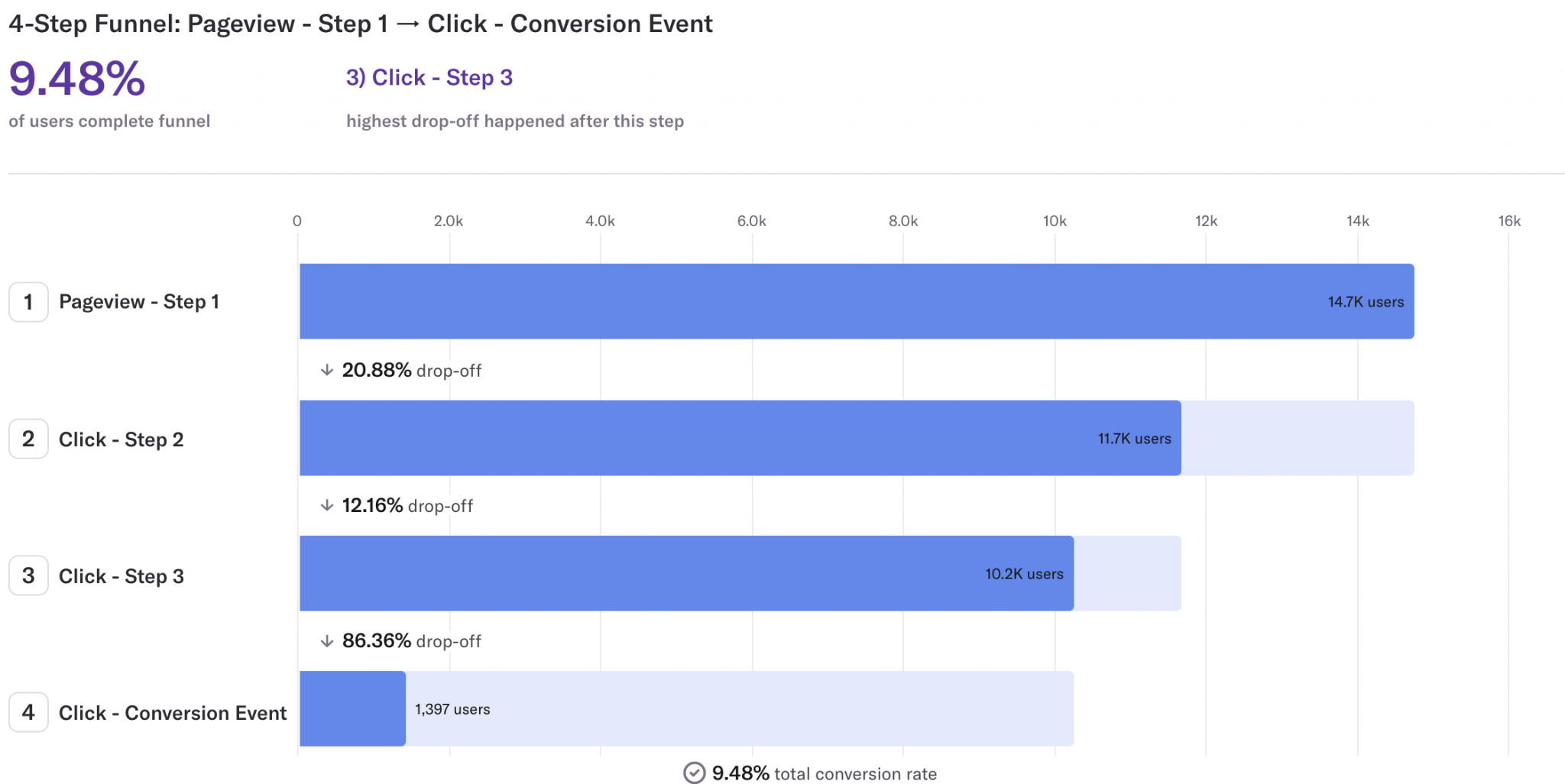
Once you’ve figured this out, try and nudge users to take these actions. If the trend holds and those customers become successful users at a higher rate than would be expected, you’ve got a trend that is based on causation instead of correlation – and you’ve unlocked an incredibly valuable micro-action to optimize for.
2. Time-to-Value Optimization
Time-to-value optimization is a process that helps businesses maximize the value gained from using a new software product. The faster users see the value or “miracle moment”, the faster they will adopt the product. So oftentimes, it’s in your best interest to make the magic happen early on in the onboarding experience. Some ways to make this happen include:
Start users with an auto-filled example of how to use your product
Ask users for a little bit of extra information during signup so that you can start them off on the right feature that will give the most value for their use case
Let users begin using your product before they’ve paid or implemented it: think freemium or a demo environment
Time-to-value optimization is crucial for a seamless onboarding experience. Your customers will usually stick around longer and pay more for your service.
📚 Also read: The 17+ Most Important SaaS Metrics
3. Use Product Tours
One of the best ways to ensure customer onboarding is successful is to use product tours. Product tours allow you to guide customers through the product in an intuitive and engaging way, providing them with the context they need to understand the product. With product tours, you can highlight key features and benefits, demonstrate how the product works, and provide helpful tips on how to get the most out of the product. Product tours can be customized to suit the needs of different customer segments and can be an effective tool to keep customers engaged and informed throughout the onboarding process.
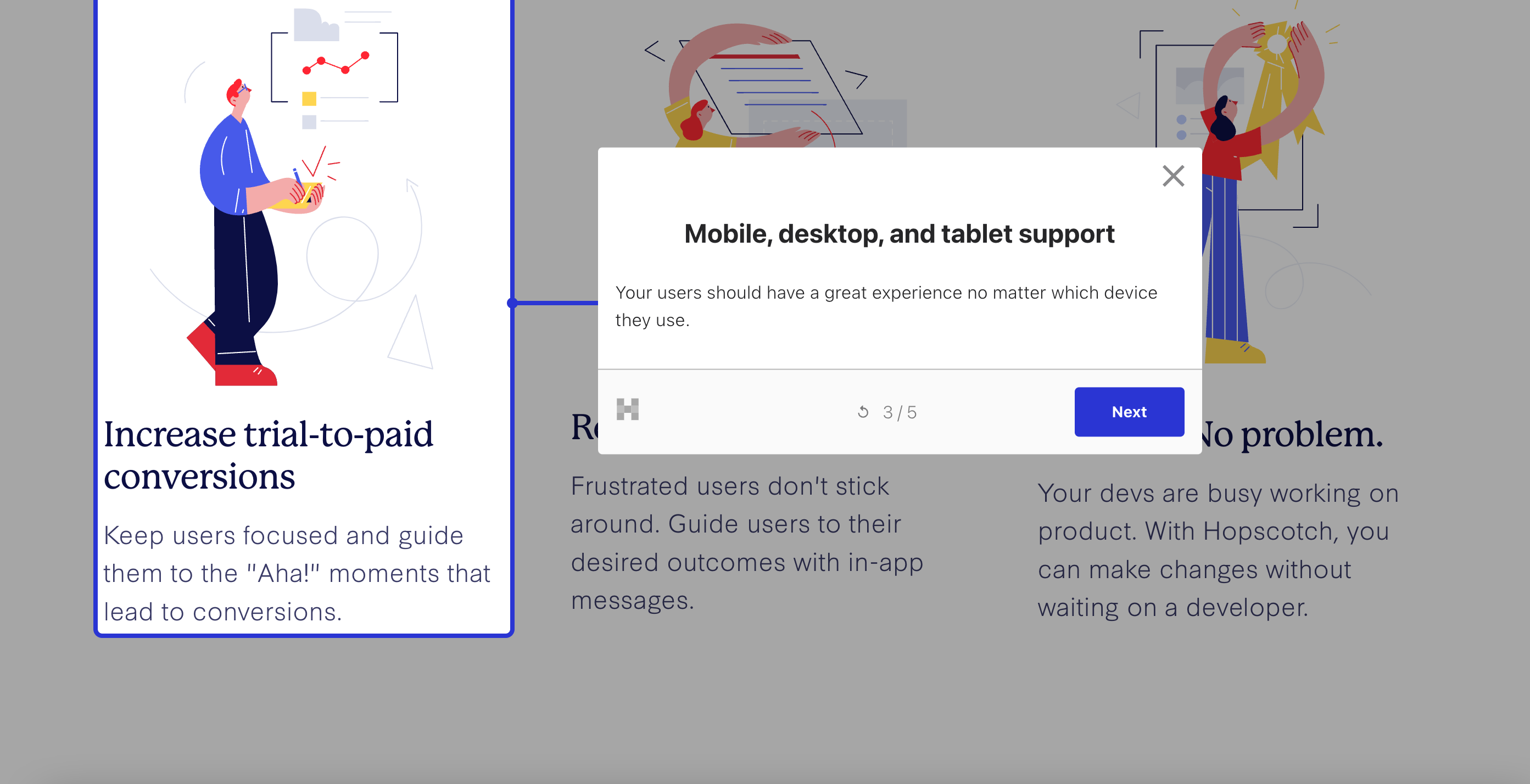
Product tours are also a great way to objection handle and drive users to take valuable actions fast – optimizing for time-to-value.
4. Segment Users with Data
You may not want to have the same onboarding experience for every user. Multifaceted products, like Canva and Semrush, have entirely different onboarding experiences depending on what page the user has signed up on and based on what the user is trying to accomplish.
In the Semrush example, they ask you to identify yourself as an SEO marketer, social media marketer, PR manager, or business user right away in their onboarding flow.
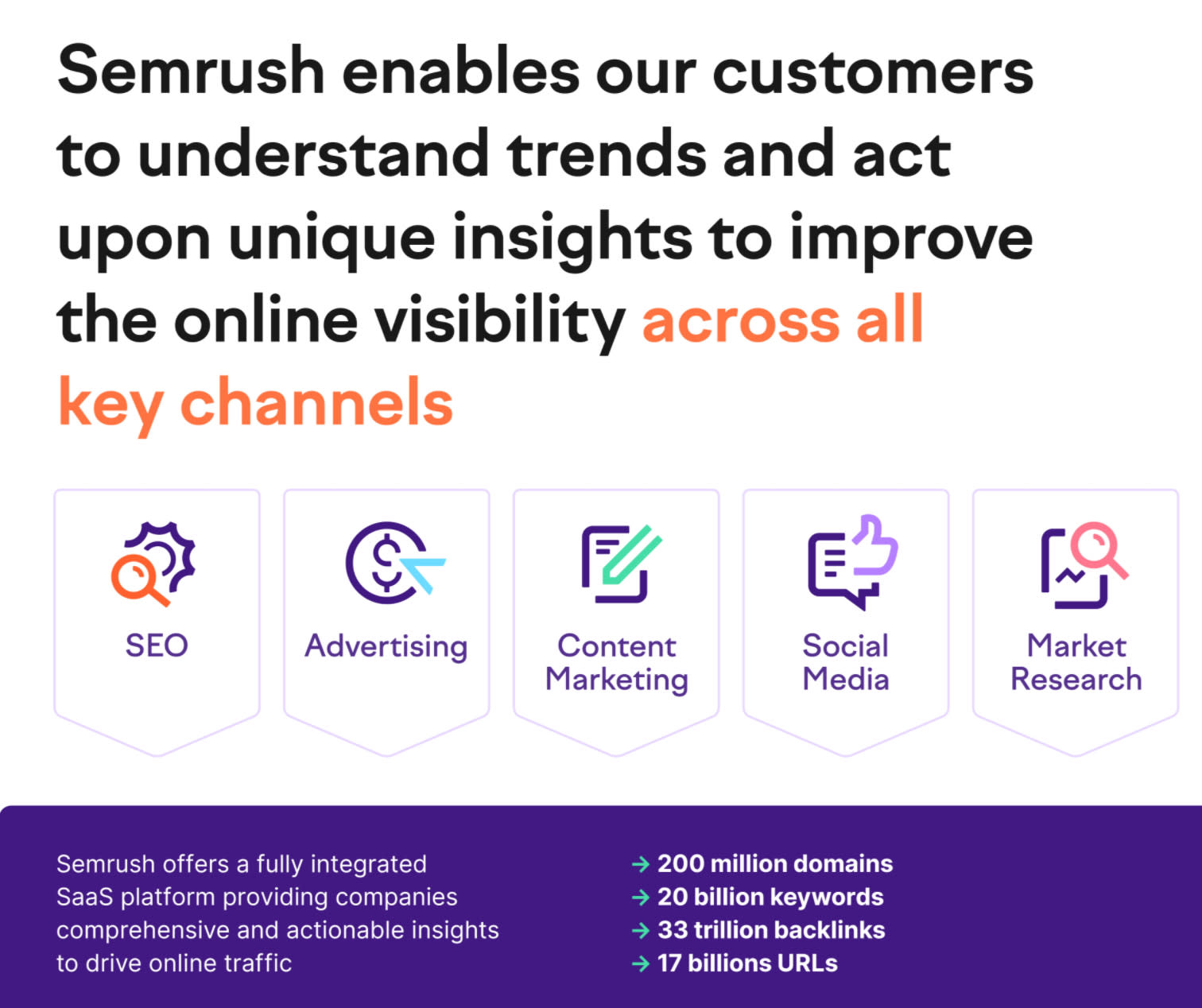
Doing this enables them to customize the onboarding experience for those use cases, thereby giving users a better product experience.
5. Gamify
How much does gamification help with SaaS onboarding? A lot.
Humans love gamification because we get rewards faster and are left wanting more – forcing us to continue moving through a product. Gamification means breaking your SaaS onboarding into manageable stages and making those stages rewarding to move through.
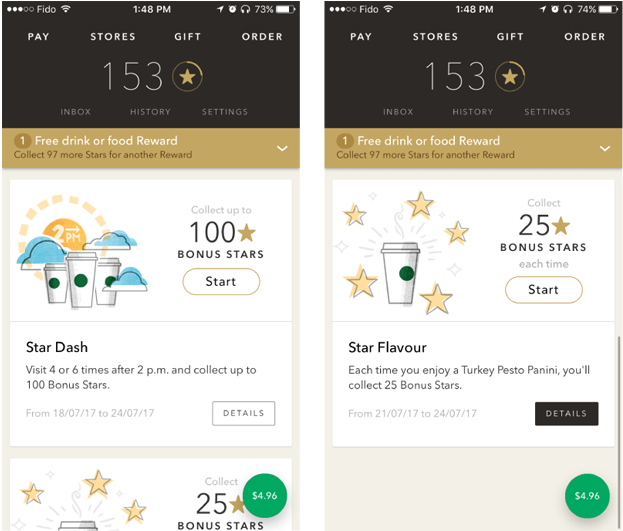
And gamification doesn’t have to be complicated. Simple things like onboarding checklists can gamify an otherwise boring onboarding experience. If you want to get more complex, surface data points throughout onboarding that show the user statistics about the time they’re saving or the value they’re getting by moving through the process. Or, be crazy like Asana and show users flying unicorns and narwhals when they take different actions in the product.
6. Logical Onboarding UX
Humans are creatures of habit.
While you may want to put shiny bells and whistles in your onboarding, it might not be the best practice. In general, we’re all used to an experience that
Starts with signup
Asks us a few questions, and
Drops us into the product right away.
Logical Onboarding UX is an approach to customer onboarding that focuses on designing a seamless, intuitive, and easy-to-use experience that guides customers through the onboarding process.
By taking a logical approach to onboarding, SaaS companies can ensure that customers quickly get up and running with their product, while also reducing customer support requests and boosting customer satisfaction.
7. Use Email
Onboarding doesn’t just live in your product. SaaS customer onboarding with email is an effective and efficient way to introduce people to your product. Plus, email can provide key information and resources that they need to get started. It's not intrusive, since users can access emails after they use the product -- which means you don't have to disrupt your product onboarding flow.
You can also use email to provide helpful onboarding tips and tricks and answer any questions they may have. I also love to use email to enforce those micro-actions that are really important to users.
Adding a teammate is an important micro-action for AI writing tool, GrowthBar. As such, they include a plain text email prompting users to add a teammate right after signup.

Moreover, email tends to be very easy to segment. The best email marketing tools enable you to trigger messages based on signup data and in-app user data using just a webhook or simple integration. So oftentimes, it’s actually easier to segment your users via email – making it a simple solution.
8. Iterate Using Data
With data-driven insights, you’ll be able to measure the impact of your onboarding strategy on customer engagement and retention. This allows you to focus on the areas of onboarding that need the most improvement and make necessary changes to ensure customer success. Additionally, data-driven insights can be used to identify trends in customer behavior, identify customer segments, and adjust the onboarding process accordingly.
Ultimately, SaaS companies that use data-driven insights to iterate their customer onboarding processes will be better equipped to increase customer engagement and retention.
Also, make sure to survey and interview customers. While that data may be a little less precise, only by actually speaking with users will you be able to identify pain points and onboarding struggles... early on in a SaaS business' lifecycle, this is absolutely essential.
I like simple emails like "why did you cancel?" Or, "I notice you're not using the product, what can we do to help you get going?"
9. When in Doubt: One-to-One Onboarding
When Nathan Barry, founder of ConvertKit, couldn't get his SaaS off the ground, he did something a little unconventional. He reached out to prospective customers and offered to switch them from Mailchimp to ConvertKit manually. While it was burdensome in the beginning, it was the huge unlock that enabled his business to achieve $1M ARR fast.
SaaS customer onboarding can be a tricky process for businesses. But when in doubt, one-to-one onboarding is the way to go. Through this process, a customer service representative or customer success manager will help guide the customer through their onboarding journey. This process allows the customer to be walked through the entire process and can help to answer any questions they may have. It also allows the business to gain a better understanding of the customer’s needs and expectations, and to adjust the onboarding process accordingly.
Additionally, it can give the customer the confidence to know that they are in good hands and that their customer service representative is there to help every step of the way. Consider adding live chat to your app in order to facilitate this. Or, add a trigger so that you get immediately alerted when a new customer registers. A simple email offering personalized onboarding goes a long way.
6 Great SaaS Onboarding Examples
1. Notion

2. HubSpot
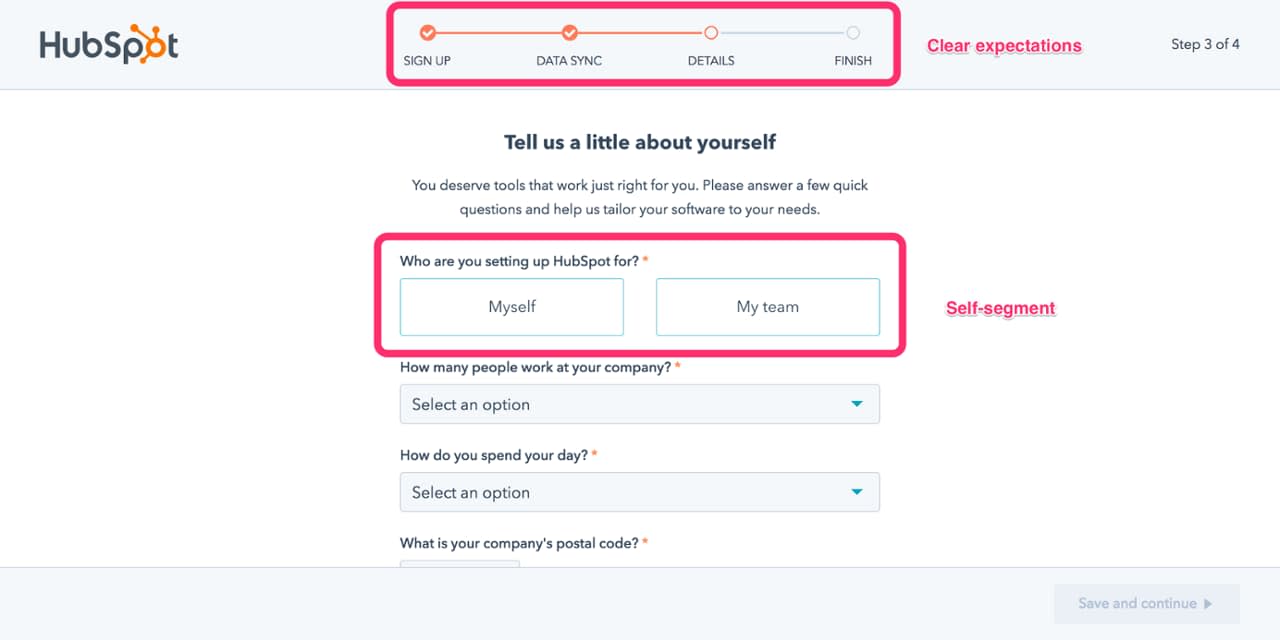
3. GrowthBar
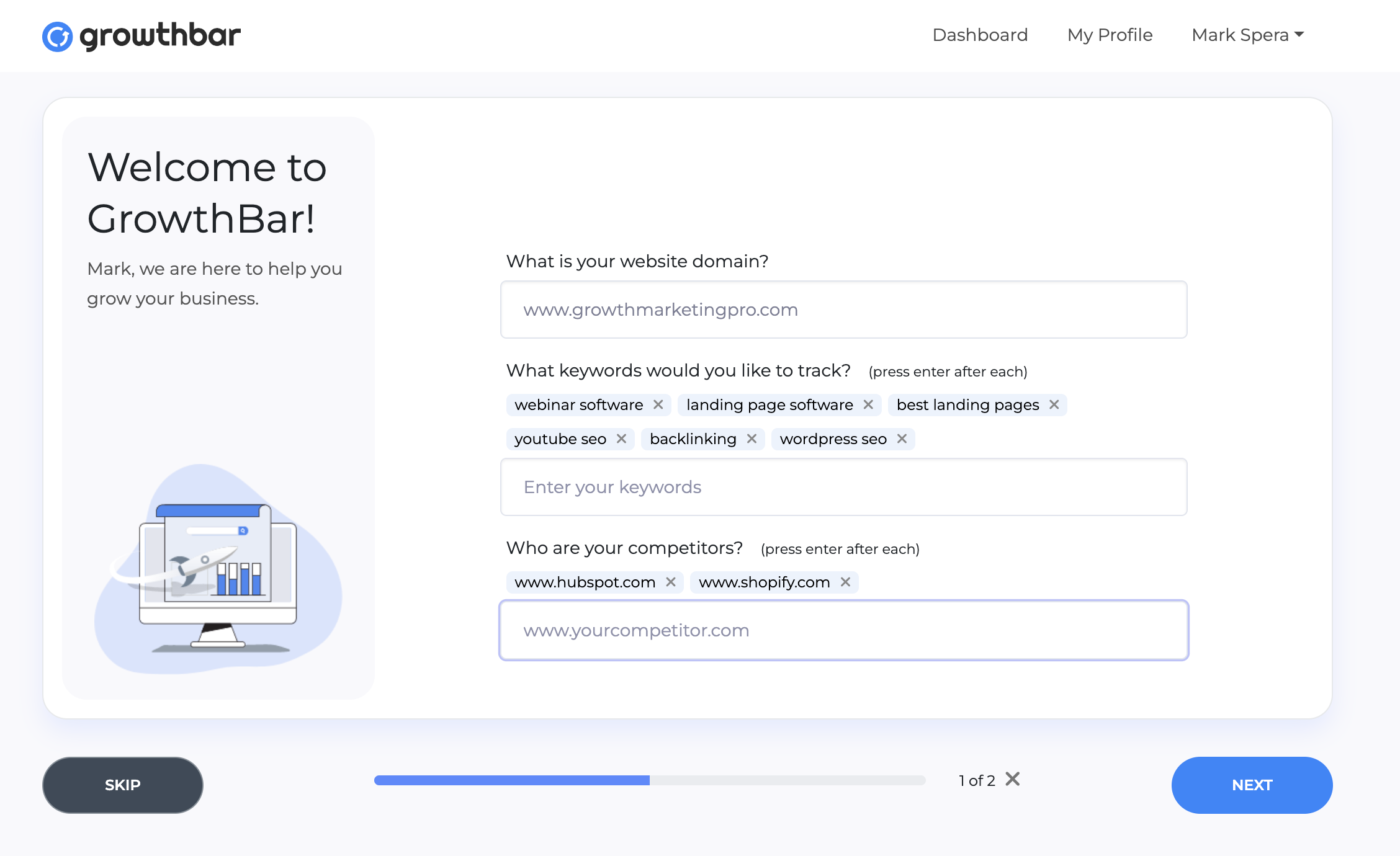
4. Trello
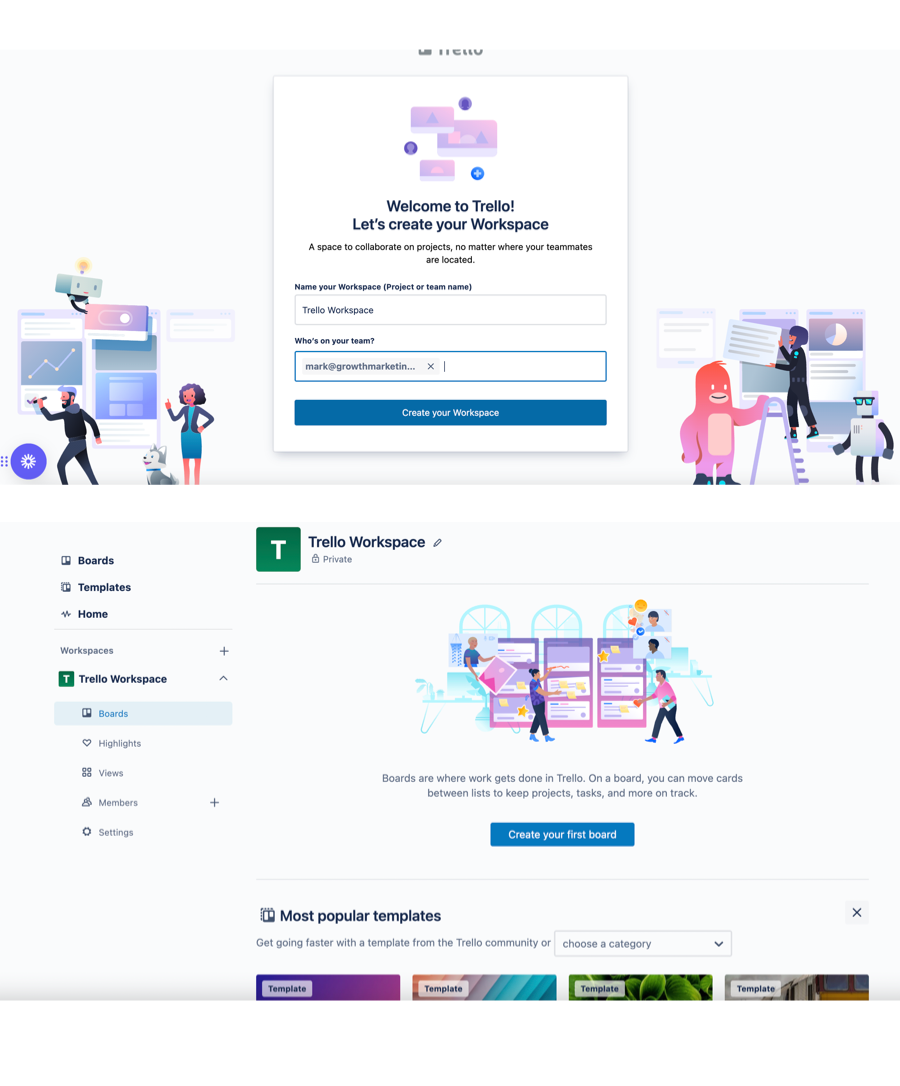
5. Spotify Podcasts
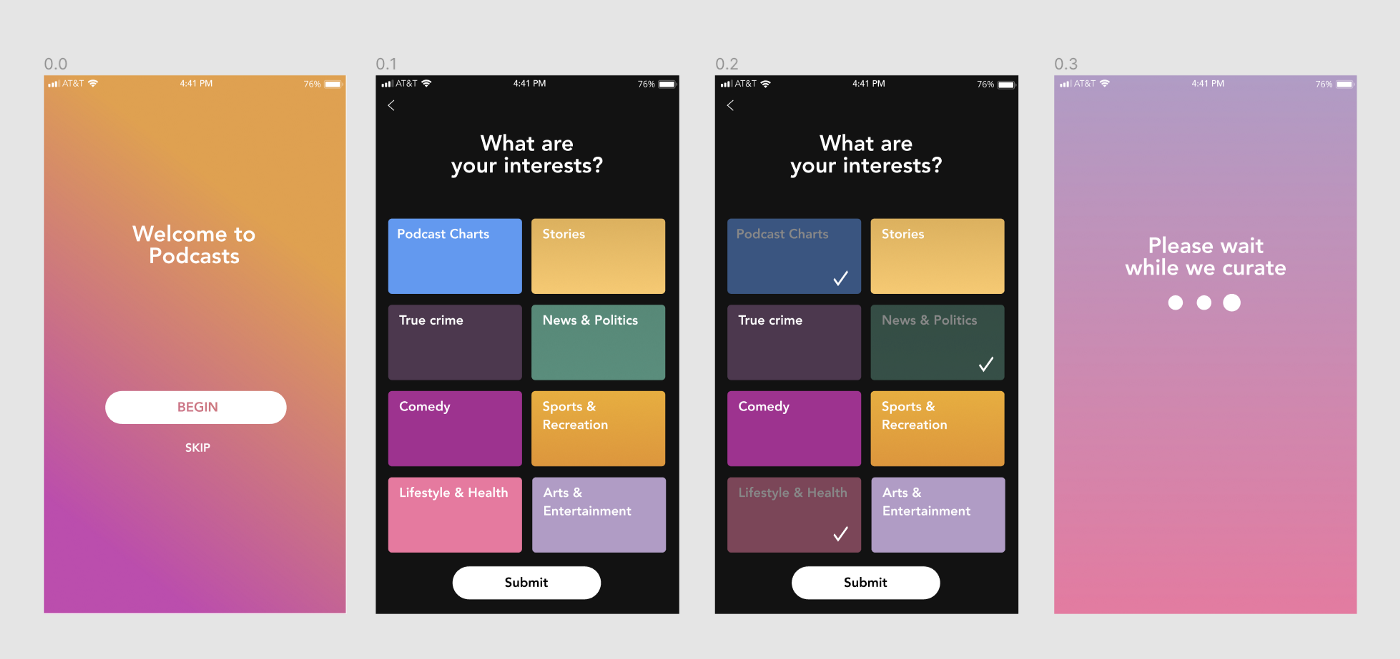
6. Teachable

7. Smartsheet
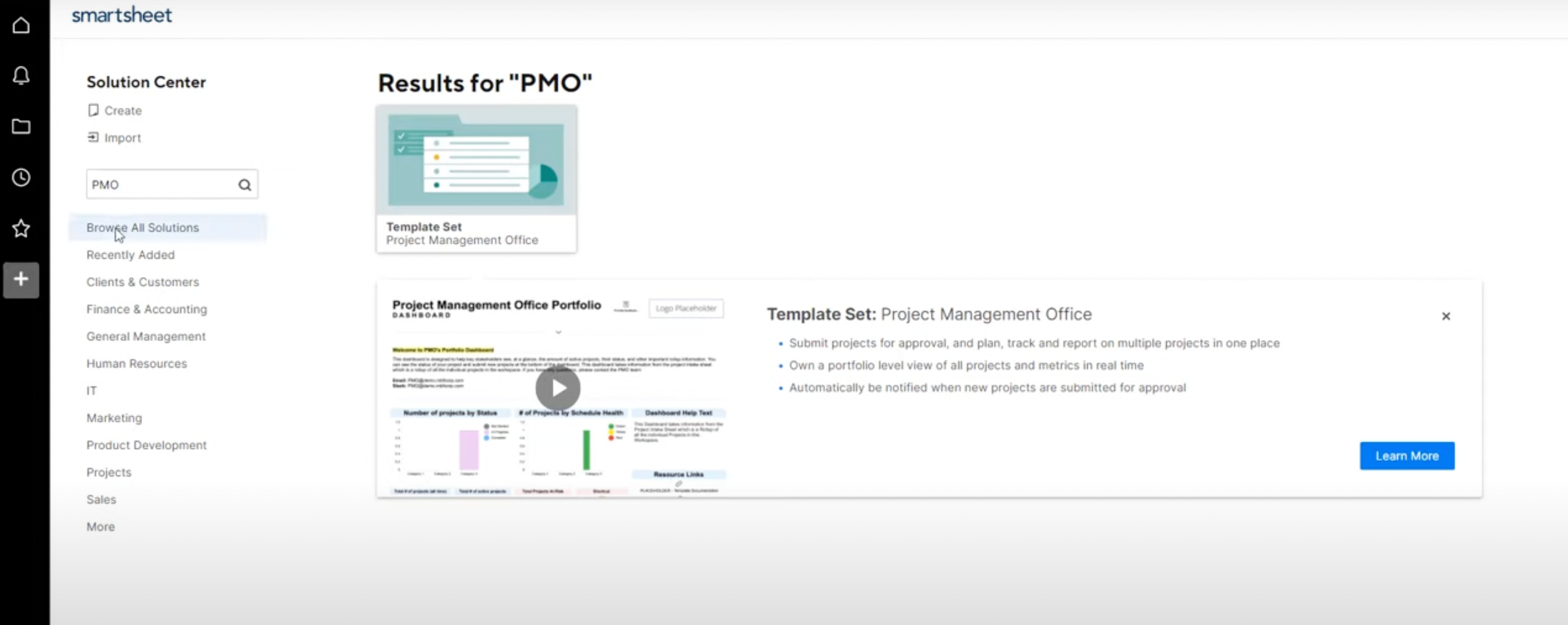
The 3 Most Important Onboarding Metrics
1. Utilization Rate
Many times SaaS businesses that sell many seats for their product – like Notion, Salesforce, or Zendesk – measure their seat utilization rate. This metric tells them how many users within a particular company are active.
The formula for utilization rate is: Active Users in an Account / Total Users in an Account
Utilization rate tells you how much of your service is being used by customers. This metric can be a good indicator of whether your product is resonating with users. If you see a high utilization rate, it means that customers are using your service more and are likely satisfied with it.
On the other hand, a low utilization rate could mean that customers are not using your service as much as they could be, which could be a sign that you need to make some changes to your onboarding experience.
2. Product Adoption Rate
Product adoption is somewhat similar to utilization rate. It tells a SaaS business owner how many new users have actually “adopted” (used) certain product features. This is particularly useful for measuring those micro-actions.
In order to calculate your product adoption rate, you need two key pieces of data from your product and user analytics: the number of people who completed a set number of key actions in a given period (New Active Users) and the number of people who signed up or subscribed to the product in a given period (New Users or Signups). Make sure that you use the same time period for your active users and signups when measuring Product Adoption.
The formula for Product Adoption Rate is: (New Active Users / Signups) x 100.
This formula is important because it will help you confirm whether new users are going to be long-term customers. It’s sort of a leading metric that helps you determine whether a cohort of customers is likely to churn or not.
3. Time-to-Value
Time-to-value is a metric that can be used to understand many facets of a business. In theory, if a user experiences the “aha” moment for a product quickly, it could be said there is a fast time-to-value.
Some businesses have inherent fast time-to-value. Examples include SEO tools that enable you to enter a keyword and find related keywords right away. Examples of slower time-to-value products include CRMs, which require a big installation and setup before the user sees product value.
Time to value can be gleaned by using a product analytics tool like Heap or Mixpanel. Your goal should always be to get the time to value very low.
Thoughtful product UX and a proper onboarding experience are going to really help increase your time-to-value.
Conclusion
Onboarding is an essential part of the customer experience for all SaaS businesses. It is the process of introducing a new customer to the product and helping them understand the various features and benefits it offers. Onboarding plays a major role in reducing customer churn, as it helps customers become more familiar and comfortable with the product, increasing the likelihood of them continuing to use the product.
Convert more trials with Hopscotch
Simple and delightful onboarding tours your users will love.